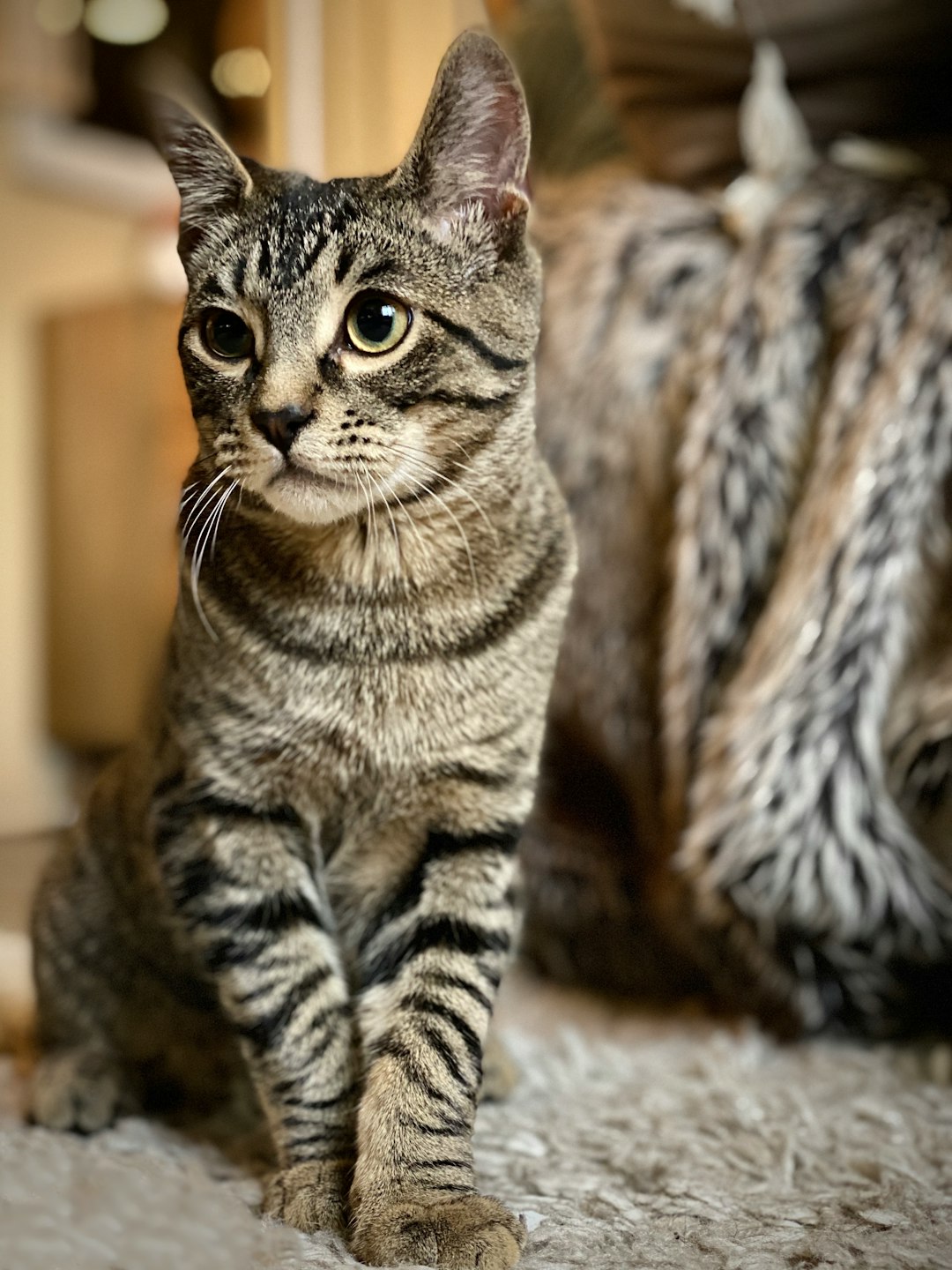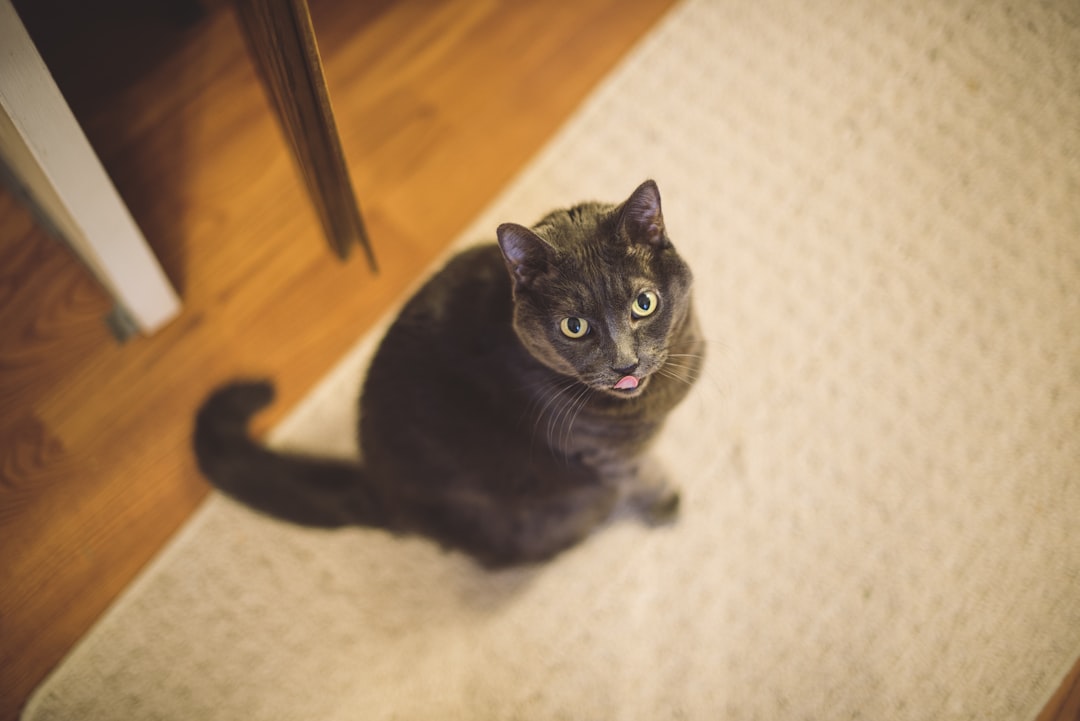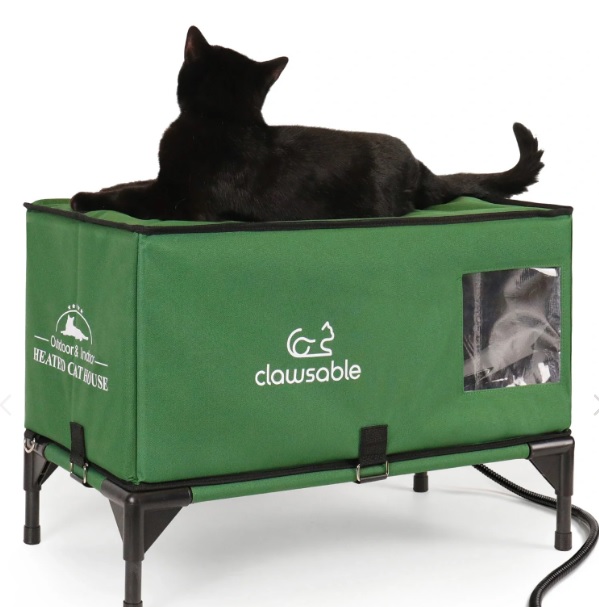Creating a safe and convenient home for both you and your feline friends is essential. A cat gate serves as an effective barrier, allowing you to manage your cat’s movement and protect certain areas from curious paws. In this blog post, we will explore the various aspects of installing a cat gate, from understanding its importance to choosing the right type for your home. By following our comprehensive guide, you can ensure a smooth installation process that enhances both safety and functionality in your living space.
Understanding the Importance of a Cat Gate
A Cat Gate serves as an essential safety and convenience measure for pet owners. This valuable tool not only helps in organizing your home but also protects your feline friends from potential dangers. Here’s why investing in a cat gate is a wise decision:
- Safety First: A cat gate prevents access to restricted areas, ensuring your pet stays away from hazards like stairs, toxic plants, or busy kitchens.
- Behavior Management: It can curb undesirable behaviors, such as scratching furniture or entering off-limit rooms, promoting a harmonious living environment.
- Stress Reduction: A secure space allows your cat to explore without feeling overwhelmed. This is especially true for multi-pet households where boundaries can reduce anxiety.
- Convenience: With a cat gate, you can enjoy the freedom to roam around your home without constantly supervising your cat.
By understanding these key benefits, you can appreciate how a Cat Gate enhances both safety and convenience for you and your furry companion.
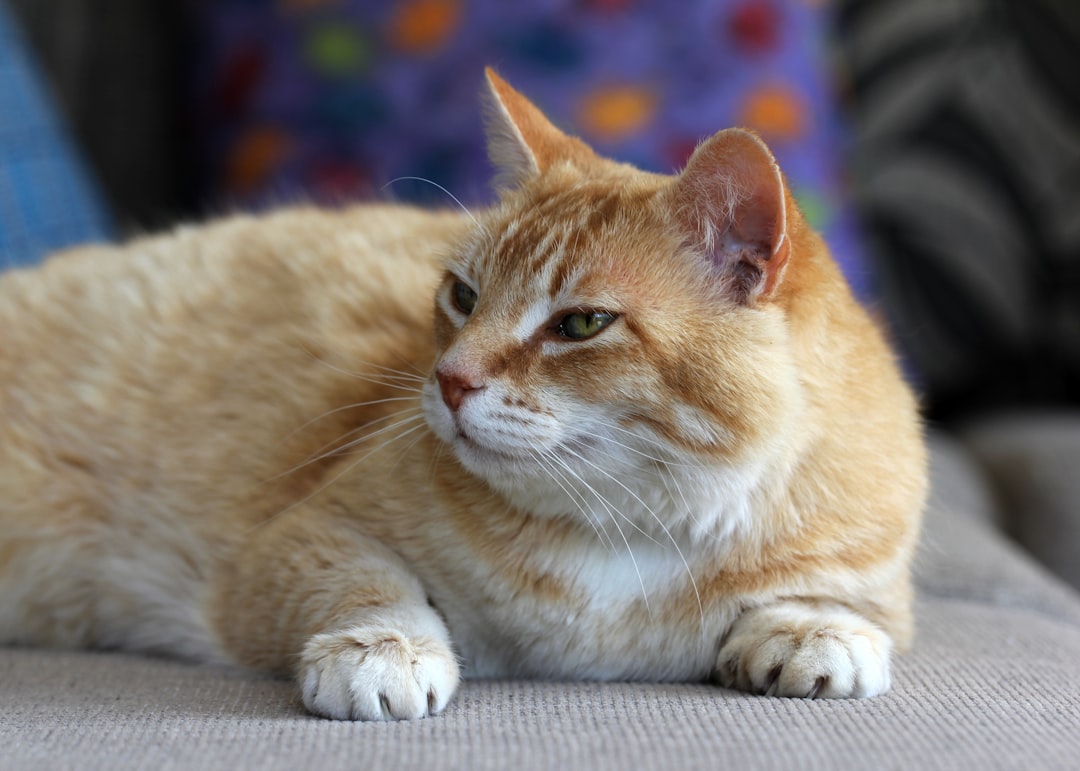
Choosing the Right Type of Cat Gate
When selecting a Cat Gate, consider the various options available to best suit your home and feline friend. Here are the primary types of cat gates to explore:
Freestanding Cat Gates:
- Easy to reposition.
- Ideal for areas needing temporary barriers.
Hinged Cat Gates:
- Fixed on one side, allowing easy access and closure.
- Great for narrow openings or doorways.
Pressure-Mounted Cat Gates:
- Utilize pressure for installation without tools.
- Perfect for doorways and hallways.
Wall-Mounted Cat Gates:
- Permanently affixed to walls, offering maximum stability.
- Best for larger spaces or active cats.
Comparison Table of Cat Gate Types
| Type | Ease of Installation | Stability | Portability |
|---|---|---|---|
| Freestanding | Easy | Moderate | High |
| Hinged | Moderate | High | Moderate |
| Pressure-Mounted | Very Easy | Moderate | High |
| Wall-Mounted | Moderate | Very High | Low |
Ultimately, choosing the right Cat Gate involves assessing your unique space and your cat’s behavior. Prioritize a gate that combines safety, convenience, and style to enhance your living environment.
Measuring Your Space for a Perfect Fit
Accurate measurements are crucial when selecting a Cat Gate for your home. A properly fitting gate not only enhances safety but also ensures convenience. Here’s how to measure your space effectively:
Identify the Location: Determine where you want to install the Cat Gate. Common areas include doorways, hallways, or stairs.
Measure Width:
- Use a tape measure to find the width of the opening.
- For doorways, measure from wall to wall.
- Consider the gate’s mounting options; some gates require additional space for hardware.
Measure Height:
- Standard cat gates are typically between 24 and 36 inches tall.
- Ensure the height is sufficient to prevent your cat from climbing over.
Consider Floor Type:
- Keep in mind any floor obstructions, such as carpets or mats that might affect stability.
Comparison of Gate Sizes
| Gate Height | Ideal for |
|---|---|
| 24 inches | Kittens |
| 30 inches | Most adult cats |
| 36 inches | Large breeds or jumpers |
By taking these measurements carefully, you’ll ensure your Cat Gate fits perfectly, providing the safety and convenience you seek!
Tools and Materials Needed for Installation
Installing a Cat Gate requires a few essential tools and materials to ensure a smooth and effective setup. Gather the following items before you begin:
Tools:
- Screwdriver: Either a Phillips or flathead, depending on the screws included with your gate.
- Drill: For making holes if required for mounting.
- Measuring Tape: To ensure accurate placement and dimensions.
- Level: To check that the Cat Gate hangs straight.
Materials:
- Cat Gate: Ensure it suits your specific needs (width and height).
- Mounting hardware: Screws and brackets often come with the gate.
- Wall anchors: Useful for providing extra support if installing into drywall.
- Safety latch: Essential for secure closure.
Additional Items:
- Sandpaper: To smooth any rough edges during installation.
- Hooks or adhesive strips: For additional stability depending on your gate style.
By preparing these tools and materials, you set the stage for a successful Cat Gate installation, ensuring both safety and convenience in your home.
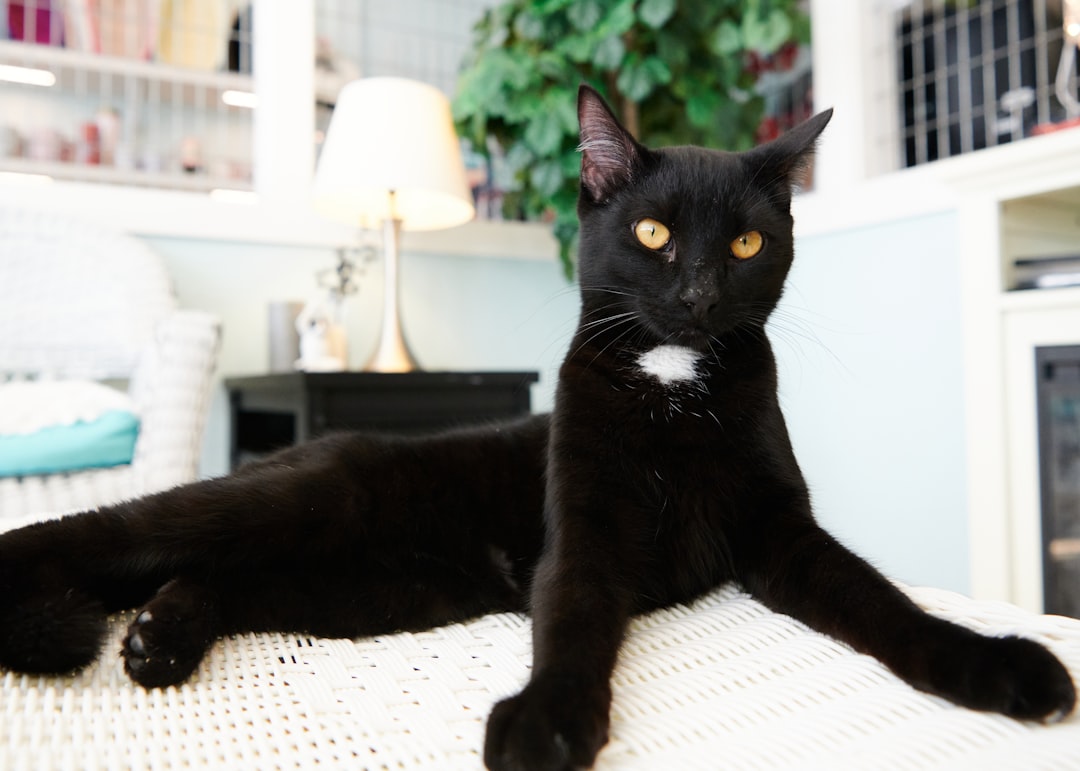
Step-by-Step Installation Guide
Installing a Cat Gate can be a straightforward process if you follow these steps closely:
- Prepare Your Tools: Gather all necessary tools, including a measuring tape, pencil, screwdriver, and level.
- Choose the Location: Identify the best spot for your Cat Gate, ensuring it’s out of high-traffic areas while allowing easy access for you and your cat.
- Measure the Space:
- Measure the width of the opening.
- Ensure there’s enough height for your cat’s comfort.
- Mark the Placement: Use the pencil to mark where the brackets will go. Make sure they’re at an even height on both sides.
- Install the Brackets:
- Position the brackets according to your markings.
- Use the level to maintain even spacing and alignment.
- Secure them with screws.
- Attach the Cat Gate:
- Hang the Cat Gate on the brackets.
- Ensure it swings open smoothly and can latch securely.
- Test the Gate:
- Check the stability.
- Open and close the gate a few times to ensure it functions properly.
Following these steps will help you successfully install a Cat Gate, providing a safe environment for your feline friend!
Ensuring Safety Features are in Place
When installing a Cat Gate, safety should remain your top priority. Here are key features to consider to ensure that your feline friend stays secure:
- Sturdy Materials: Opt for gates made of durable materials like wood or metal that can withstand scratching and pushing.
- Secure Locking Mechanism: Look for self-locking mechanisms to prevent accidental openings. Magnetic latches can add an extra layer of security.
- Height Considerations: Taller gates are preferable, especially for agile cats. Choose a Cat Gate at least 36 inches in height to discourage jumping.
- Pet-Friendly Design: Ensure there are no sharp edges or small parts that could pose choking hazards. Rounded corners offer a safer option.
- Non-toxic Finishes: Select gates finished with pet-safe paints or coatings to protect your cat from harmful chemicals.
- Stability Features: Consider a Cat Gate with a wide base or wall-mounting options to stabilize it against force and movement.
By integrating these safety features into your Cat Gate installation, you ensure not only convenience but also the well-being of your beloved pet.
Maintaining and Cleaning Your Cat Gate
Proper maintenance and cleaning of your Cat Gate ensure it remains functional and safe for your furry friend. Here are some essential tips:
Regular Inspection:
- Check for any loose screws or hardware.
- Inspect for wear and tear, especially in hinge areas.
Cleaning Routine:
- Use mild soap and water to wipe down the Cat Gate.
- Avoid harsh chemicals that could harm pets.
Debris Removal:
- Clear dust, hair, and any debris that accumulate on and around the gate.
Lubrication:
- Apply a pet-safe lubricant to hinges and locks to maintain smooth operation.
Comparison of Cleaning Methods:
| Method | Effectiveness | Pet Safety Level | Frequency |
|---|---|---|---|
| Soap & Water | High | Safe | Monthly |
| Vinegar Mix | Medium | Safe | Bi-monthly |
| Chemical Cleaners | Low | Risky | Rarely (if necessary) |
In conclusion, consistent maintenance and cleaning of your Cat Gate promote safety and longevity, ensuring it remains a secure barrier for your beloved feline.
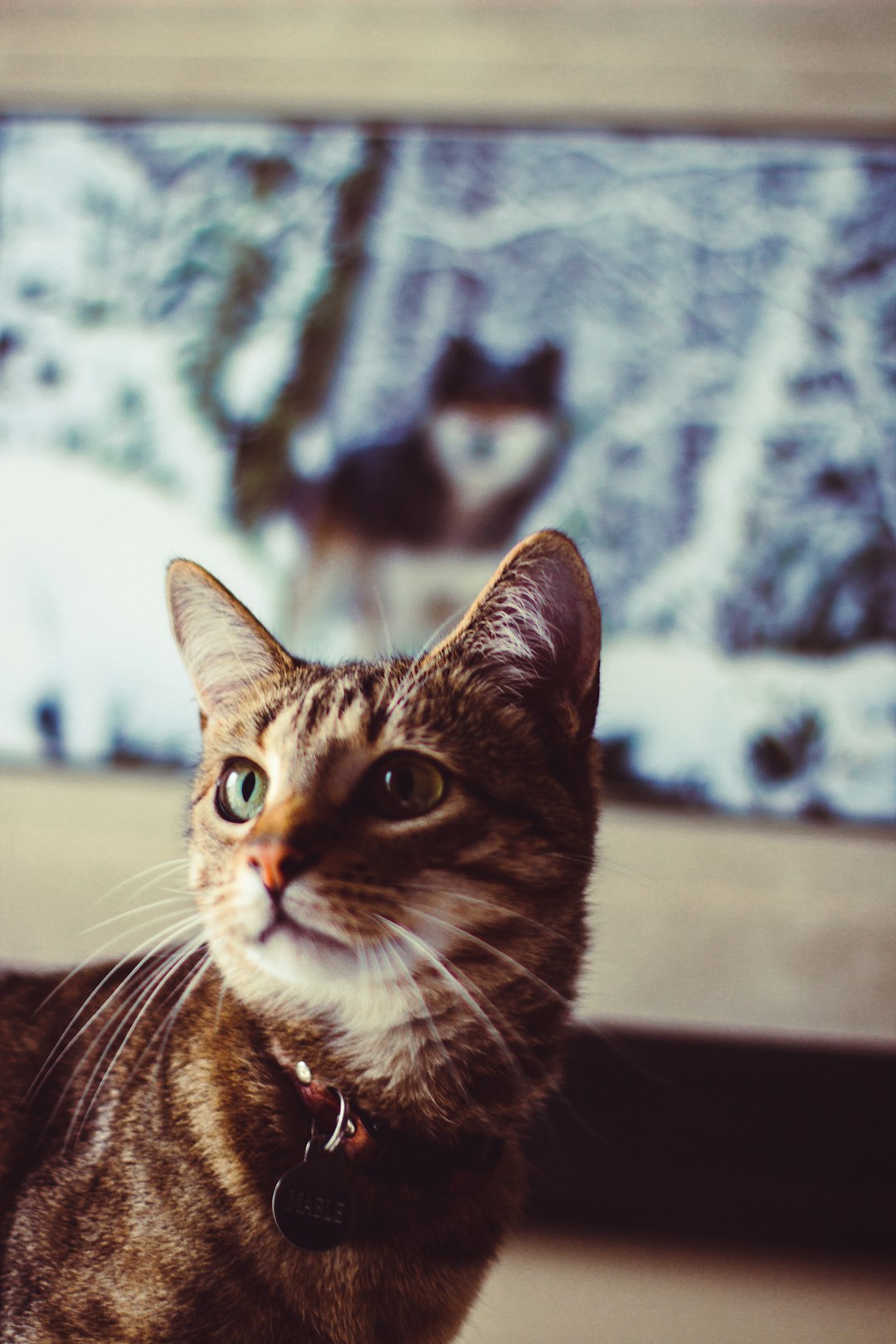
Alternative Solutions for Cat Barriers
While a Cat Gate offers effective control over your feline friend’s movement, there are several alternative solutions worth considering:
Pet Playpens: These are portable, flexible barriers that create a safe area for your cat. They come in various sizes and can be easily moved around your home.
Fencing Options: Outdoor fencing designed specifically for pets can provide a secure play area outside. Choose cat-friendly designs to prevent escapes.
Baby Gates: If you have small spaces to block off, baby gates can work well. Opt for those without a high step-over rail for easy access.
Retractable Screens: For added versatility, retractable screen doors can keep your cat contained while allowing air flow. These are great for entryways and can be closed when needed.
Natural Barriers: Utilize furniture and decorative elements to create barriers within your home. Strategic placement can deter your cat’s exploration of certain areas.
Each of these options presents unique benefits alongside a Cat Gate, helping you maintain a safe and convenient environment for both you and your pet.
Frequently Asked Questions
What are the main benefits of installing a cat gate in my home?
Installing a cat gate offers several benefits, primarily enhancing safety and convenience within your living space. A cat gate can prevent your feline friend from accessing hazardous areas, such as stairs or rooms with potentially dangerous items. Additionally, it allows you to create specific zones within your home, giving you control over where your pet can go. This is particularly useful for managing their interaction with guests or other pets, thereby reducing stress for both your cat and your visitors.
What types of cat gates are available on the market?
There are various types of cat gates available, each designed to cater to different needs and spaces. Some popular options include pressure-mounted gates, which are easy to install without permanent fixtures, and hardware-mounted gates, which are more secure for high-traffic areas. Additionally, you can find tall gates for larger breeds, gates with pet doors for easy access, and decorative gates that blend seamlessly with home decor. Selecting the right type depends on your specific requirements and the layout of your home.
How do I choose the right size cat gate for my home?
Choosing the right size cat gate involves measuring the width of the doorway or area where you plan to install it. Gates come in various sizes, and many are expandable to fit different openings. Ensure that the height of the gate is suitable for your cat, especially if you have an agile jumper. Additionally, consider the gate’s design—some styles feature adjustable widths, while others may require specific measurements. To ensure proper fit and functionality, always refer to the manufacturer’s size guidelines before making a purchase.
Can I install a cat gate myself, or will I need professional help?
Installing a cat gate is generally a straightforward process that many pet owners can accomplish on their own. Most gates come with detailed instructions and all necessary hardware, making DIY installation easy. However, if you choose a more complex gate or if your installation space is unique, such as on a stairway or irregularly shaped opening, you may want to consult a professional. Assess your comfort level with tools and assembly before deciding whether to tackle the installation yourself.

